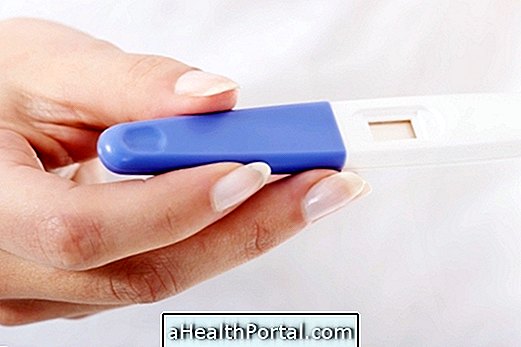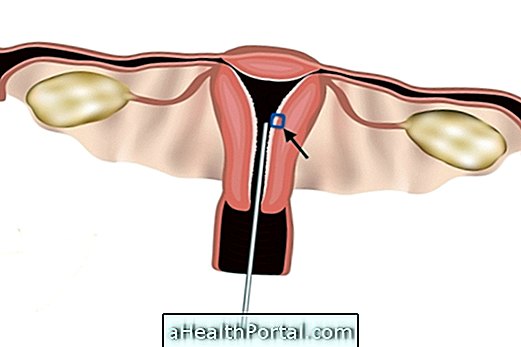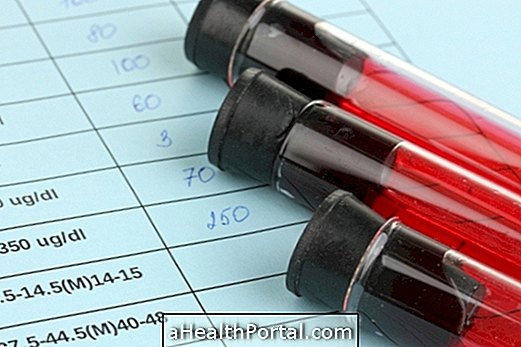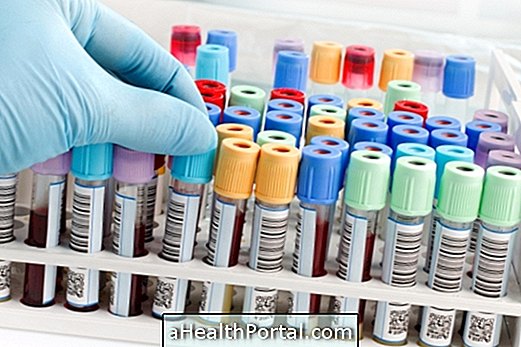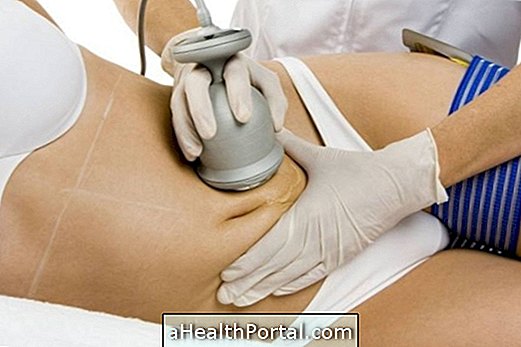Do only people who have cancer in the family need to get mammograms every year? And is there any way to make mammography a less uncomfortable exam? Learn these answers here.
Mammography is an X-ray examination used to visualize the internal region of the breasts. It should be performed on all women 40 years of age or older, every year. Through the analysis of the results, the mastologist can identify benign lesions and even breast cancer early, thus increasing the chances of cure of this disease.

See how digital mammography is done, the technique that causes less pain and is indicated for women with large, dense breasts or who have silicone prostheses.
The most common questions regarding mammography are:
1. Is there any form of mammography that does not hurt?
Yes there is. The exam is uncomfortable and can hurt some women, especially if it is performed days before menstruation, when the breasts are more sensitive, so it is advised to take the exam soon after the end of menstruation.
2. Does anyone who has cancer in the family need to have a mammogram every year?
No. Mammography can be performed every year by women over 40 years of age. However, if there are no risk factors or changes in previous results, the examination can be done only every 2 years. If a change is identified, the doctor may advise a new mammogram within 6 months.
Women who have mothers or grandmothers with breast cancer will be able to perform the first mammogram at age 35 because they are at higher risk of having the same disease.
3. Is mammography the only exam that detects breast cancer?
No. There are other tests like ultrasound and magnetic resonance imaging that are also useful for diagnosis, but mammography remains a great exam for the early detection of any breast changes and so it is the choice of every gynecologist.
4. Who breastfeeds can do mammograms?
No. Mammography is not recommended to be performed on women who are pregnant or breastfeeding. Therefore, if the woman is in one of these situations should be performed other tests such as ultrasound or resonance.
5. Is mammography expensive?
No. When the woman is being accompanied by SUS, she can do the mammogram for free, but this exam can also be done by any health plan. In addition, if the person does not have any health plan, there are laboratories and clinics that make discounts for those who become loyal and take the exam annually. In private clinics each mammogram costs from 150 to 200 reais.
6. Is the result of the mammogram always correct?
Yes. The result of the mammogram is always correct but must be seen and interpreted by the doctor who requested it because the results can be misinterpreted by people who are not from the health area. Ideally, a suspect result should be seen by a mastologist, who is the breast specialist. You can check what the result of the mammogram can indicate here.
7. Does breast cancer always appear on mammography?
Yes. Whenever there is a malignant nodule in the breast it can be observed through mammography, however, not all nodules can be felt in the self-examination of the breasts and therefore even if with the palpation the doctor does not feel any nodules, you can apply for a mammogram, even if the woman is not yet 40 years old, because whenever there is suspicion of breast cancer, it is necessary to investigate.
